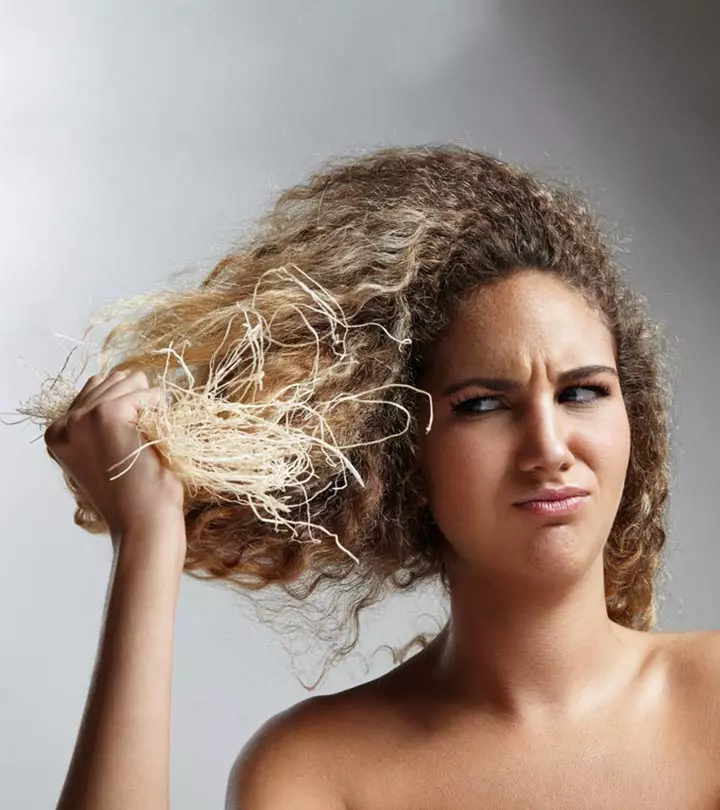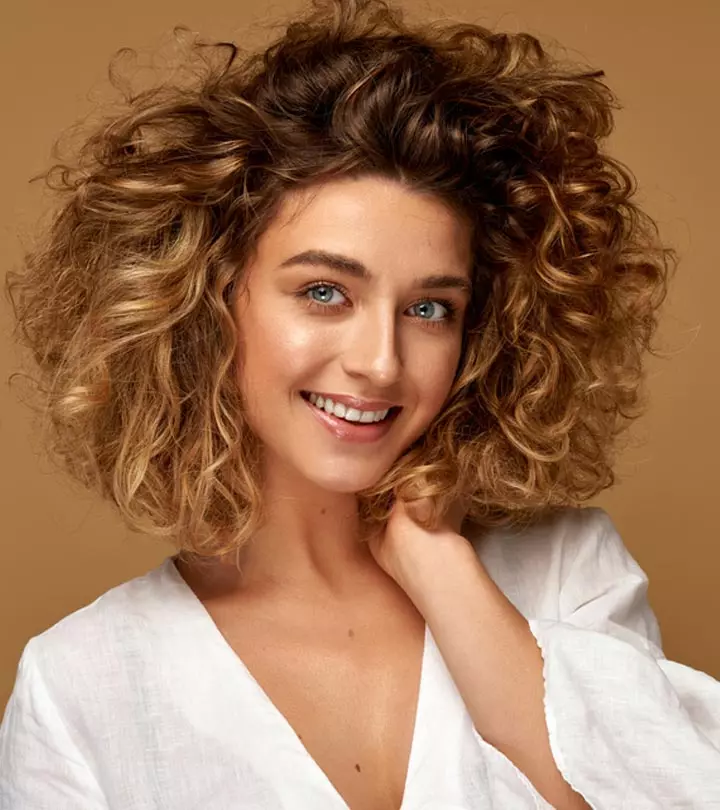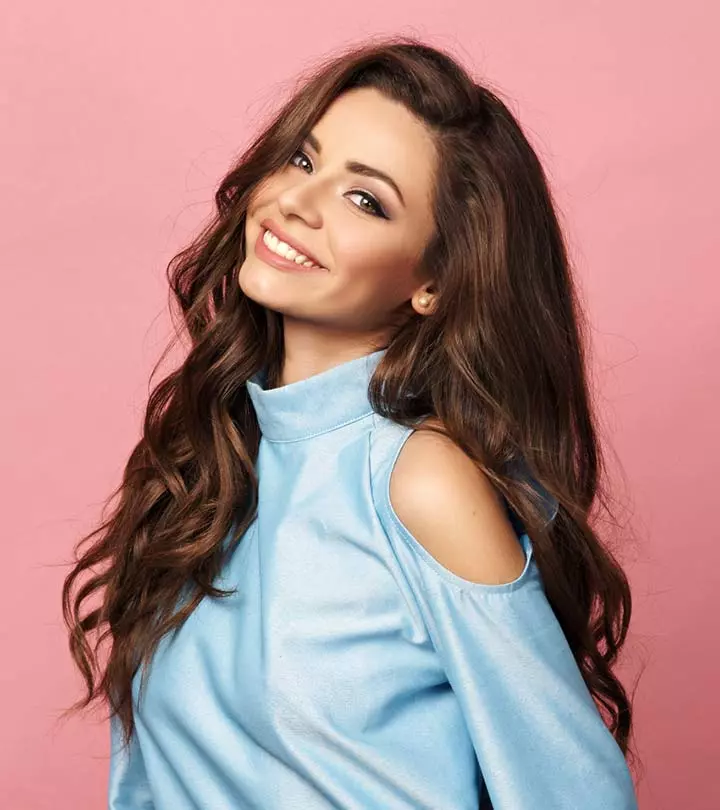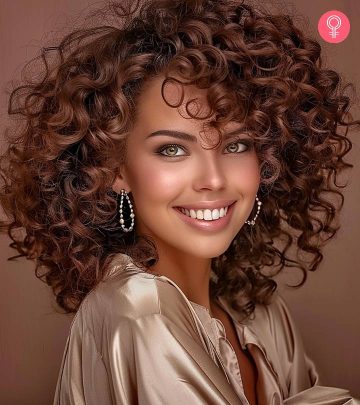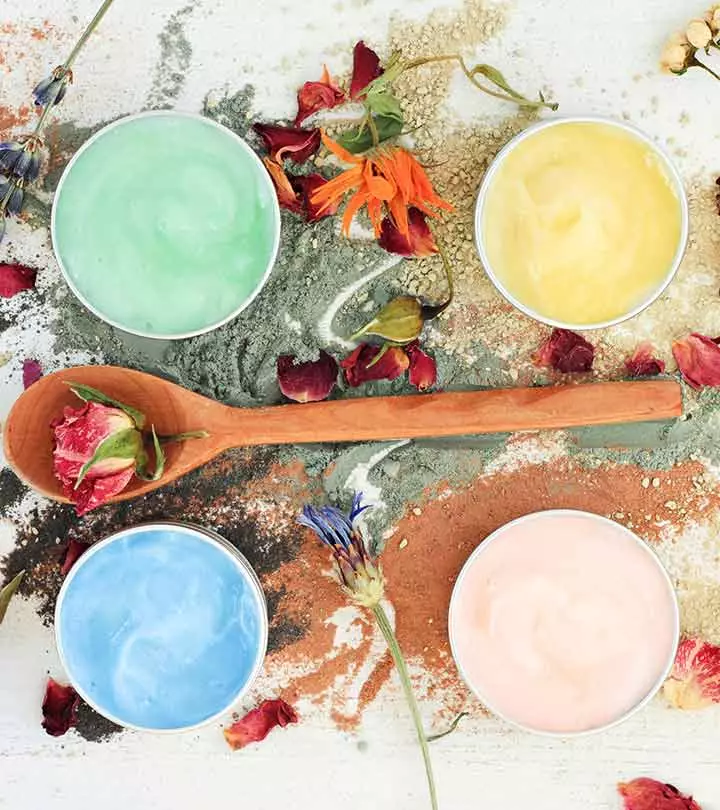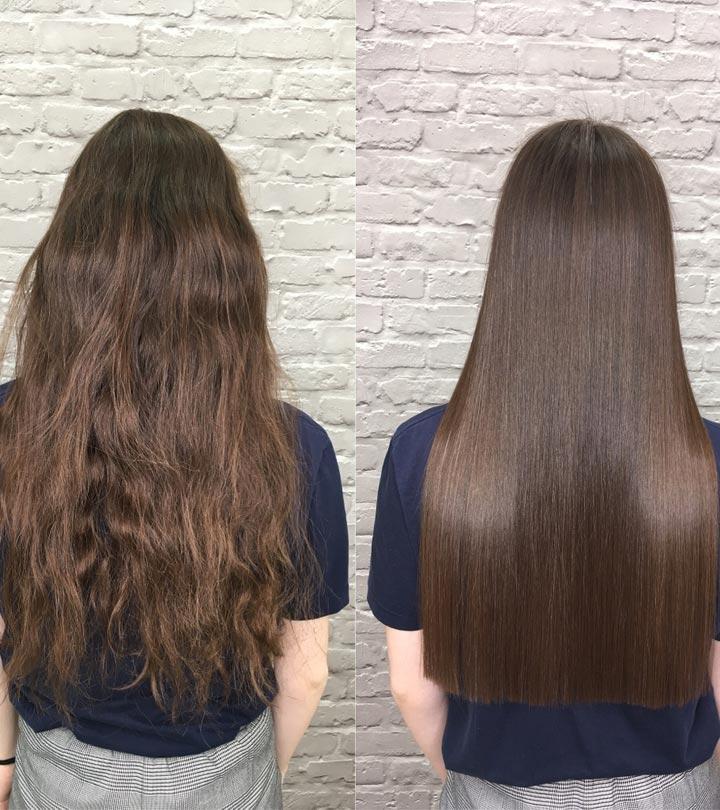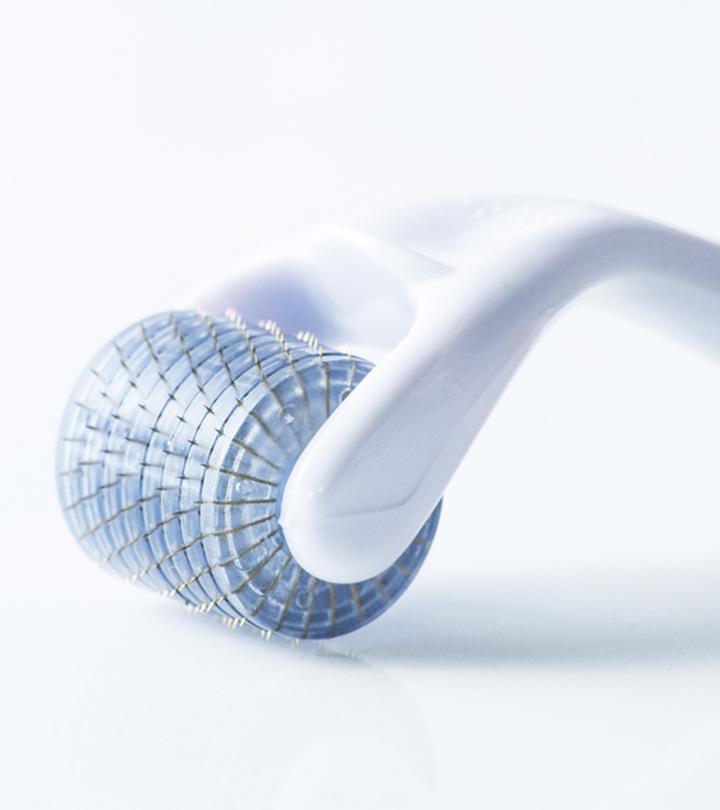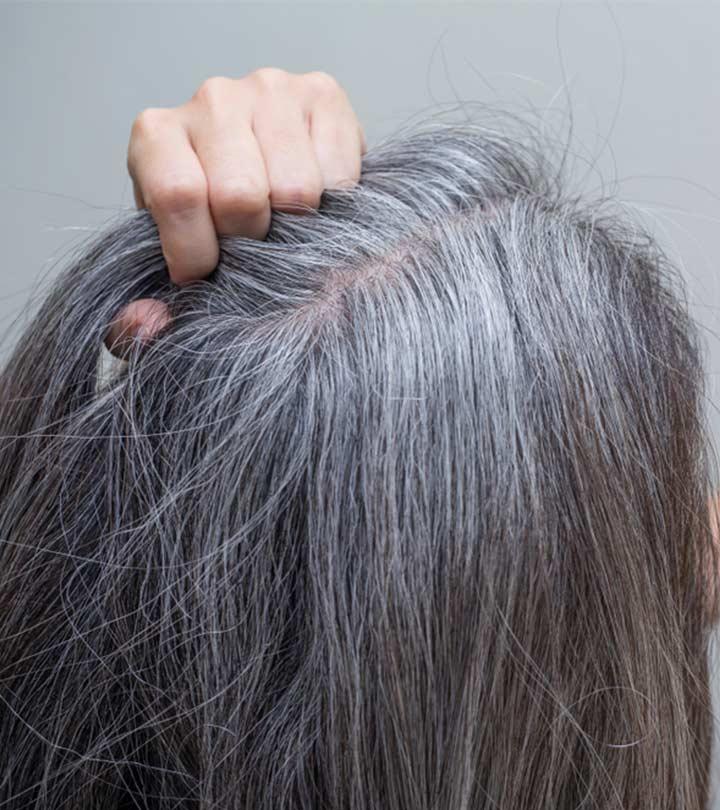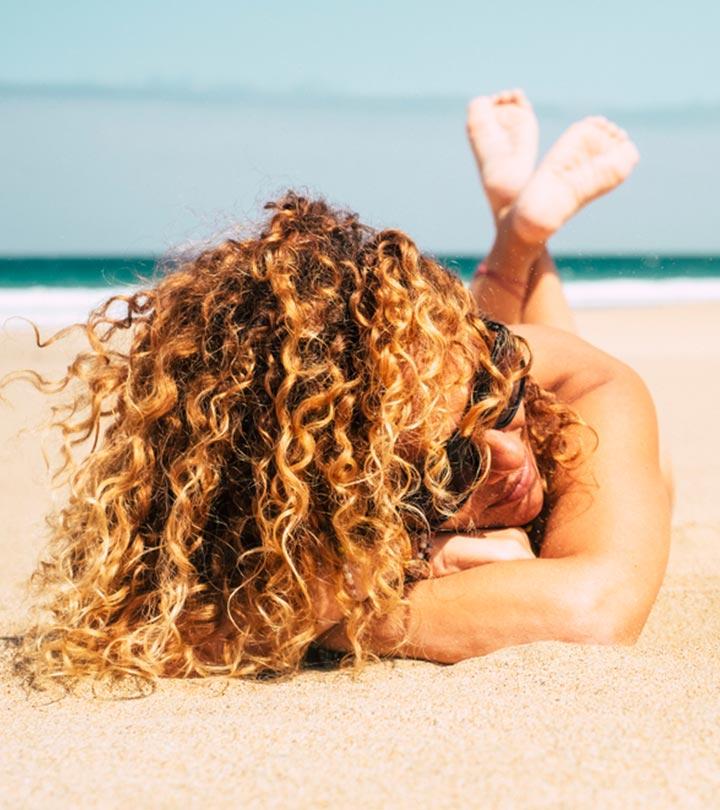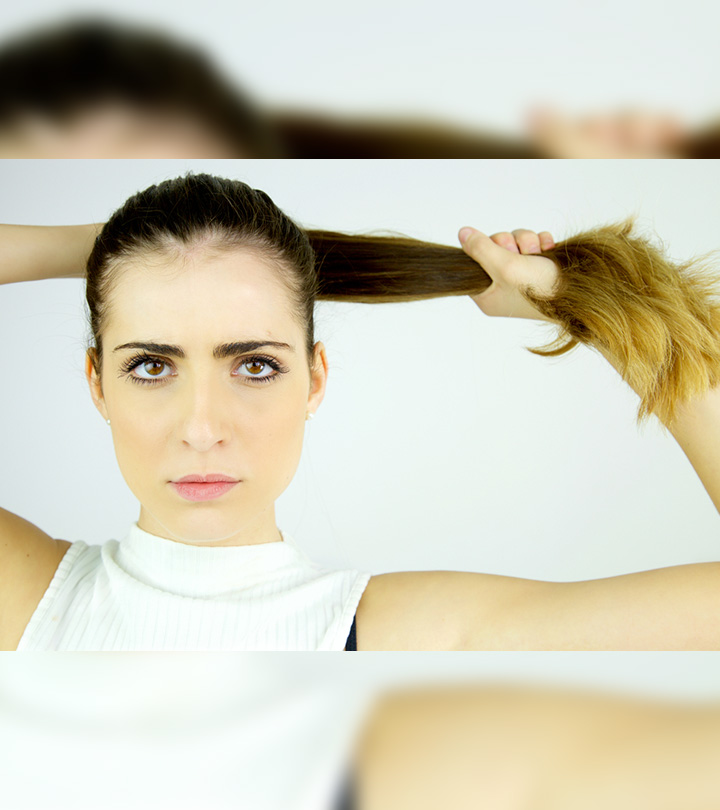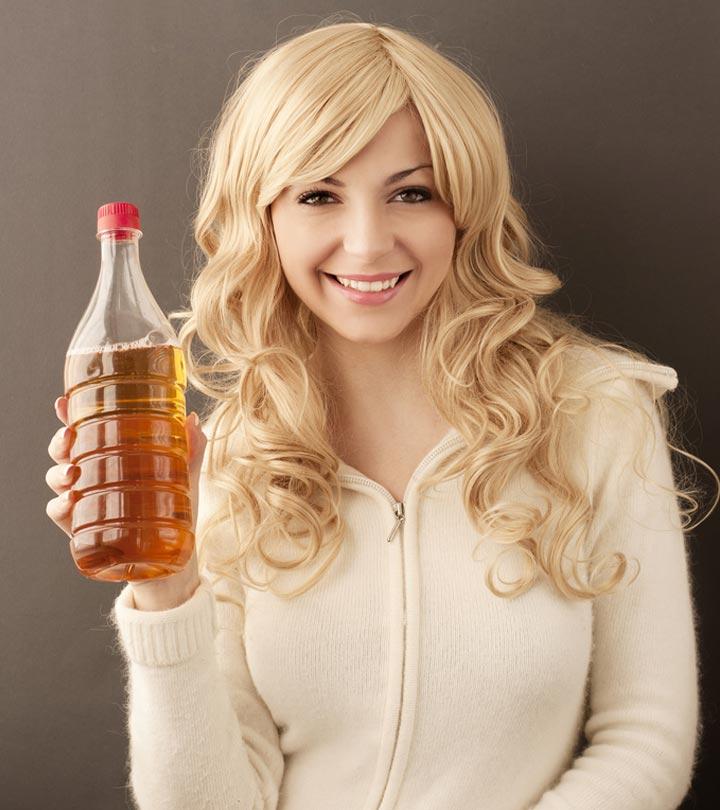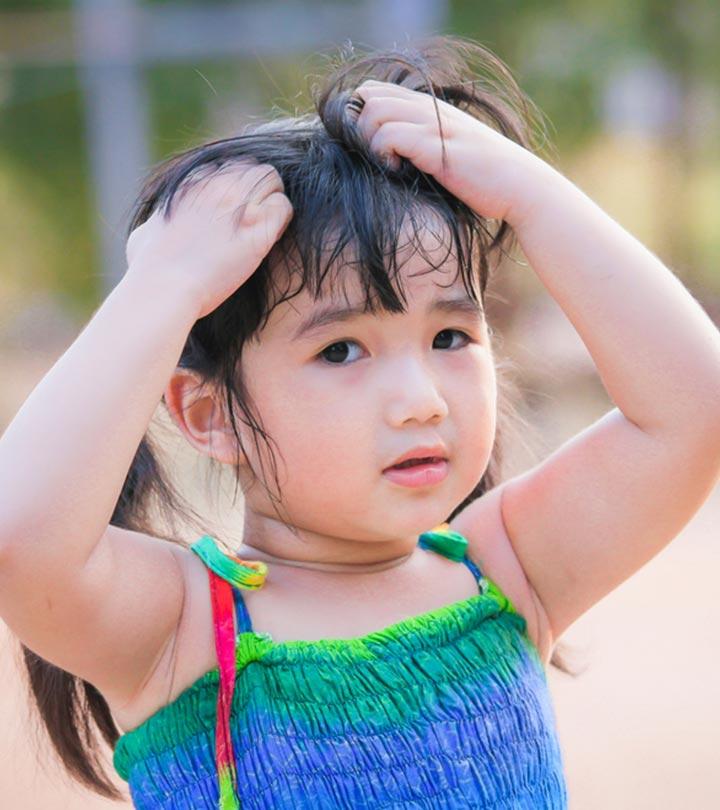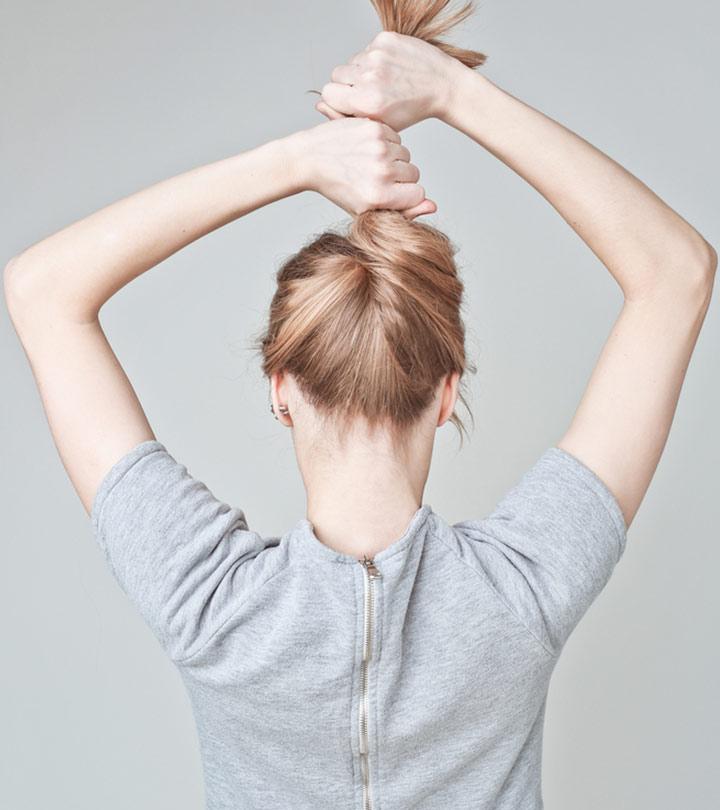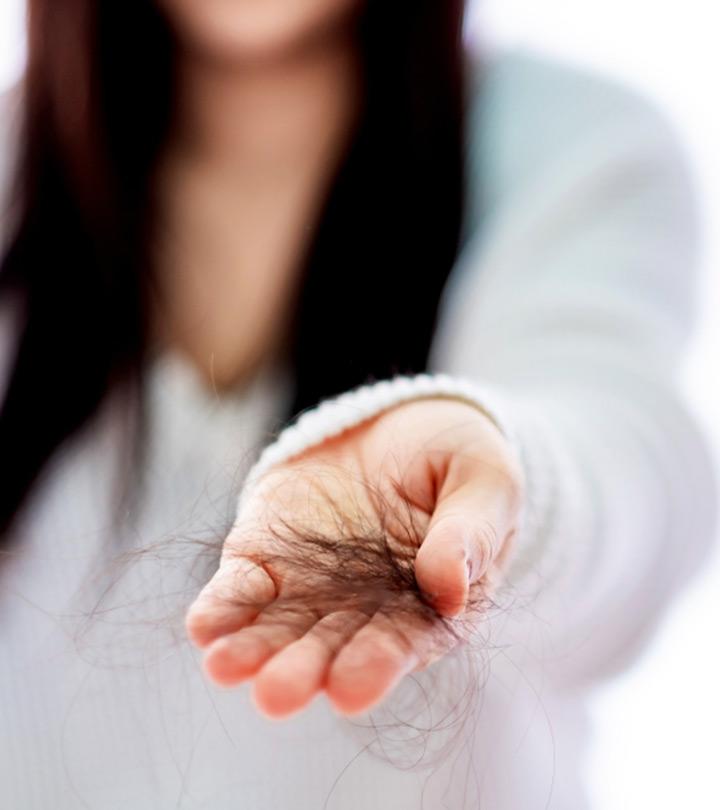11 Tips To Train Your Hair To Be Less Greasy (All Hair Types)
Bid adieu to greasy, flat hair by learning the art of hair training to get clean locks.
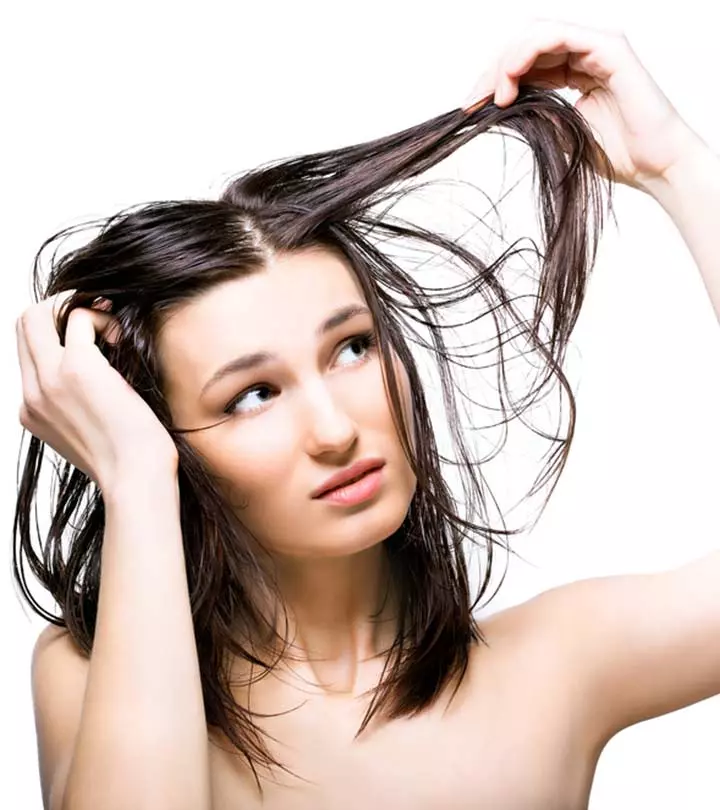
Image: Shutterstock
Having a super-oily scalp that needs regular washing to keep it fresh and clean can be super frustrating. However, we have good news – you can train your hair to be less greasy. Wondering how? We have put together tips and hacks to trick your scalp into producing less oil, thus, extending the time between your wash days. Initially, it may seem tough, but you will see results in a few weeks. Scroll down to learn more.
In This Article
What Is Hair Training?
Hair training involves minimizing shampoo usage so that the scalp produces less oil. When you wash your hair frequently, the harsh chemicals strip the natural oils, triggering the scalp to produce more oils to compensate for the moisture loss.
When you wash your hair less frequently, it produces less oil. This may not feel comfortable initially, but your scalp and hair will eventually get used to the routine. Hair training helps strike a balance between too little and too much washing.
In the next section, learn how to train your hair to be less greasy.
How To Train Your Hair To Be Less Greasy
1. Use A Clarifying Shampoo
A clarifying shampoo contains sulfates for thorough cleansing. If you plan to go without hair washing for 1-2 weeks, it is better to use a clarifying shampoo to remove all dirt, grease, and buildup from your scalp. However, clarifying shampoos should not be used more than once in two weeks.
If your hair feels greasy in between or you want to go without washing for not more than 2-4 days, you may use a mild, sulfate-free, and herbal shampoo to wash your hair.
2. Use Dry Shampoos In Between Washes
Dry shampoos come in handy when you are training your hair to go without washes. These come in powder or spray form and absorb excess oil and grease from your scalp. Dry shampoos can extend the time between your hair washes.
3. Use Conditioner Wisely
Conditioning is crucial when you want to extend the in-between wash days. Never apply conditioner to the scalp as it may cause buildup and greasiness. Start from the mid-lengths and go to the ends. Leave the conditioner in for 3-5 minutes for full penetration. As a result, your hair will feel smooth and soft for days.
 Quick Tip
Quick Tip4. Use Warm And Cold Water
The water temperature can affect scalp health. Hot water can dry out the scalp, making it produce more oils. Hence, use warm water when shampooing to open up the cuticles and finish with cold or cool water to close them.
5. Limit Hair Product Usage
Try not to use hair styling products. Hairsprays, mousses, serums, and other styling products may cause buildup and greasiness. You may use just one styling product to manage flyaways and frizz. Also, avoid touching your hair frequently, as your hands can hair oils on them and can be left on hair.
A study was conducted on 33,947 participants to understand the effect of the use of hair straighteners and the increased risk of uterine cancer. The hazard ratio of participants who never used straighteners or used them less than 4 times a year was 1.20 as compared to 2.55 for those who used it more than 4 times a year.
6. Use An Apple Cider Vinegar Rinse
You may use apple cider vinegar on day four or five. Diluted ACV rinse helps prevent scalp buildup and keep your hair shiny. Mix 4 tablespoons of ACV with 200 ml of water. Pour it on your head, work it through the scalp and roots, leave it on for 3-5 minutes and rinse off.
7. Brush Your Hair Wisely
Too much brushing can stimulate the scalp to produce more oils, and not enough brushing may cause buildup. To hit the sweet spot and strike a balance, use a paddle brush with boar bristles. Brush from the top to the hair ends, ensuring proper distribution of natural oils.
 Quick Tip
Quick Tip8. Use A Blow Dryer
If your hair becomes too greasy by the fourth or fifth day, use a blow dryer on a low heat setting to dry up the grease. Flip your head upside down, shake your hair, and you are good to go.
9. Try Different Hairstyles
If you feel your roots look too dirty and greasy, style your hair in curls or tie it into a loose and messy bun. They look chic and hide greasiness effectively.
10.Exfoliate Your Scalp
Regularly exfoliating the scalp can help remove dead skin cells, oil, and dandruff, leaving you with healthy and shiny-looking locks. You can do it once or twice a week. Avoid over exfoliation as it may cause the oil glands to produce excess oil, leading to oily hair. You may use a brush or a scrub to get rid of dirt, debris, and greasiness.
11. Try A Texture Spray
You can use a texture spray-like mist to help absorb the excess oil and add a nice texture to your mane. This is a quick and easy way to refresh second or third-day greasy and dirty hair.
 Pro Tip
Pro TipThese steps may help train your hair and scalp to produce less grease and stay fresh for long. Does it give equal results for all hair types? Find out next.
Is Hair Training Effective For All Hair Types?
The answer is – yes and no. It all depends on how your hair and scalp behave when you try to train them. Multiple factors affect the sebaceous gland activity on your scalp:
- Hormonal changes
- Climatic changes
- Humidity levels
- Medical conditions (dermatitis, eczema, and psoriasis)
- Intake of contraceptive pills
- Hormone medications
- Hair care practices and heat styling
If you have a naturally oily scalp, you may or may not see any difference. However, if you have a dry scalp and wrong hair care practices and products have turned it oily, you may see some results. If you have dandruff, hair training may worsen it. Your hair and scalp may take time to adjust to the new routine. However, its efficacy depends on how they respond to it.
Minimizing the use of shampoo is the first step in training your hair to be less greasy. Cutting down the shampooing frequency reduces the stripping of natural oils from your hair, causing your scalp to produce lesser oil. However, hair training may not be suitable for everyone, especially if you have an oily scalp. Also, it worsens the condition if you already have dandruff. Despite these downsides, try the tips listed above if you are struggling to manage your oily hair. If you choose not to wash your hair for 1-2 weeks as part of hair training, use a clarifying shampoo to remove dirt and other impurities from your tresses.
Frequently Asked Questions
Is greasy hair healthy?
Greasy hair means your scalp has enough sebum to protect your hair strands. However, abnormally greasy hair may only invite more hair damage by clogging the pores on the scalp and attracting dirt. Therefore, consult a dermatologist if your hair feels too greasy.
Key Takeaways
- Hair training involves reducing shampoo usage to allow your hair to produce less oil and allow more time before the next wash.
- Using a clarifying shampoo, conditioning your hair properly, and brushing it with care are a few simple ways to train your hair to be less greasy.
- The effectiveness of hair training and sebaceous gland activity depends on factors such as humidity levels, hormone medications, and haircare routine.
Transitioning from daily to less frequent washing can train your hair to be less greasy. Watch the video below for some personal tips on how to train your hair over time to produce less oil.
Read full bio of Tere Pruett
Read full bio of Anjali Sayee
Read full bio of Monomita Chakraborty







